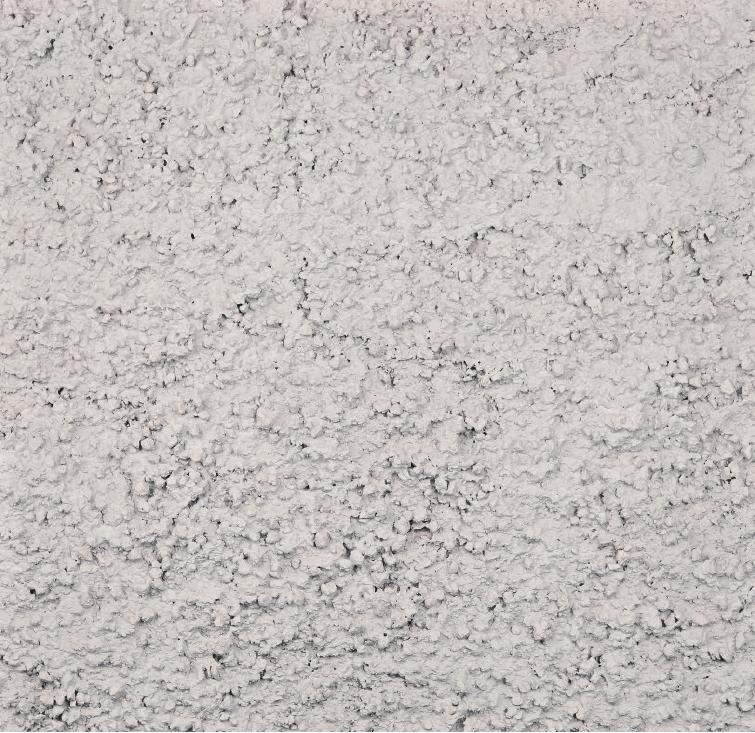Allgemein
Leben in der Blase
Der Stil der Jahrtausendwende, in dem man mittlerweile überall ertrinkt – ähnlich wie in den Glas- und Stahlwellen des Jugendstils vor hundert Jahren –, zieht uns in eine Blase aus Wandflächen und Textilien in gebrochenem Weiß und dunklem Holzfurnier auf fast allen horizontalen Oberflächen. Gar zu helles, undifferenziertes Licht, diskretes Piepen von Computern und Weckern, Hintergrundmusik, deren Stücke übergangslos ineinanderfließen, lassen alles in abstrakter Gleichartigkeit versinken. Man hat sogar den Eindruck, was man sagt, sei nicht hörbar. Nur Materialien wie polierter Naturstein und Metall erinnern an die physische Welt. Dieser Gestaltungskanon hat seine Wurzeln natürlich in der Moderne und kam zunächst in den frühen achtziger Jahren in Galerien und Künstlerwohnungen zu Ehren. Später wurde er durch den Einsatz in Restaurants und Büros, in Hotels (etwa 1989 im Paramount von Ian Schrager) und Eigenheimen populär. Heute ist dieser Stil überall und für jede Preisklasse verfügbar, von Luxusherbergen wie dem Side in Hamburg oder Shops von Comme des Garçons über die moderat teuren Hotels von SAS Radisson bis zur Standard- Ladenausstattung von Zara-Filialen. Sogar McDonald’s experimentiert mittlerweile damit. Der Trick bei dieser Popularisierung war, dass inzwischen als angenehm gilt, was früher als »die kompromisslosen Ideale weißer geometrischer Ab- straktion« abgelehnt wurde. Doch wie kommen wir da wieder heraus? Haben wir uns um die Möglichkeiten echter Erfahrung, wahrer Unterscheidbarkeit oder sogar Überraschung gebracht? Natürlich nicht. Es reicht schon, wenn man beim ungeschickten Essen das blütenweiße Tischtuch befleckt – oder auch, wenn man durch ein seltsam platziertes Fenster plötzlich den blauen Himmel sieht. Die Aufgabe der Architektur ist dabei ganz bescheiden: diese kleinen Momente des Wunderns oder Erschreckens zu ermöglichen. Damit wir wieder wissen, wo wir sind.
~Aaron Betsky
almost nothing: Life in the bubble
You open your eyes and everything is white. Well, not really white, that would be heaven. It is more of a cream color, with beige highlights. Filtered light. The glow of an alarm clock. The swoosh of an air conditioner. The linens are soft and every texture is muted, from the pillowed backboard to the wood veneer on almost every horizontal surface.
You go to an office, a meeting room, or a conference center. The walls are a light color gray that borders on white. They come apart into divisions and cubicles, defining hierarchies of privacy and power. Fluorescent light bouncing off the ceilings showers everything with a sense of sameness. White noise, perhaps artificially generated, makes it possible for you to imagine you cannot be heard. The desk presents you with plastic possibilities, with wood accents. It is wired, allowing sounds and sights to appear as if out of nowhere.
Having lunch, you look around yourself. Everything is white. Well, not really white of course, but more of a pinkish mauve. The room glows from hidden light sources, the bulbs hidden behind recessed shelves of off-white plaster that hang below the ceiling or hover just out from the wall. Little candles punctuate each social setting. A gentle hum of civilized conversation washes over everything. The table linens are starched, and every surface is alive, from the curvaceous chair on which you sit to the wood veneer that again covers almost every horizontal surface.
In the afternoon, you shop. Everything in the store is white. The room is bright with the glare of halogen lights that turn the whole square volume, higher than it really needs to be, into a stage. The cash registers beeps discretely as it recognizes every bar code. Music that you might have just heard on your ipod, or was it on the alarm clock when you woke up, flows seamlessly from song to song. All the clothes are made of cotton, cashmere or pashmina. Metal, stone and granite serve to make you aware of your body, floating through space.
You are in the bubble. It is the visual and tactile equivalent of the ipod bubble, all white and rounded and operating for your comfort and delight through invisible mechanisms. This is what modernism has become for the small elite of businessmen and -women who travel around the world moving knowledge and information in- stead of containers of meat. It is the style of the millennium in which we drown, not in the glass and steel waves of the art nouveau that celebrated the last turn of the century, but in the abstract sameness of white planes.
There is a genealogy to this architecture, which you can now find everywhere in the world. It has its roots in high modernist architecture, of course, but it entered into popular culture through galleries and homes for artists designed by architects such as John Pawson in England and Richard Gluckman in the United States starting in the early 1980s. From there it spread to restaurants and offices and finally hotels and homes. Now we live with it everywhere.
The hotel is where the bubble is sealed most perfectly. The prototype here are the boutique hotels commissioned by Ian Schrager in New York, including the Royalton in 1987 and the Paramount, in 1989. Though Andree Putman and Philippe Starck received the credit for their show-stopping lobbies, it was actually an anonymous, in-house crew under the direction of Andra Andrei that designed the rooms where guests spend most of their time, and they made the places into minimalist perfection that was all around you. What they achieved was to make what we think of as the harsh ideals of white, geometric abstraction carried out in »honest« materials comfortable.
The Starwood lodging chain perfected this movement when they invented their W chain of hotels as a way of mass marketing what Schrager had pioneered. Designed by a group of former store designers who remain anonymous as »the W Design Group,« these lush palaces of off-white be- came the norm by which hotels were measured. Now chains such as Hyatt, especially in their up scale Park Hyatt chain (think Lost in Translation, Sofia Coppola’s cinematic documentary on life in the minimalist bubble) are making it truly luxurious, while SAS Radisson and even humbler chains such as England’s Forte Group are making the bubble accessible to the masses.
In retail stores, the movement went from Japan- ese boutiques such as those commissioned by Comme des Garçons (credited to Rei Kawakuba herself) and Issey Miyake (by Kuramata Shiro), to Pawson’s Calvin Klein boutique in New York to the Zara on your corner (like most such chains, designed by in-house architects). In restaurants, it is more difficult to find the progenitor of the lean, white look, but now it is reaching the stage when even McDonald’s is experimenting with its elements. And in housing, the loft-like look is now being produced in the millions for towns all over China. There is even a temple to this bubble: Taniguchi’s new Museum of Modern Art in New York. »Give me enough money and I will make the building disappear,« he apparently told the Board of Trustees. They gave him close to a billion dollars, and the Gods of Nothing found a home.
There are rules to make this work. They are called »J-beads«, coves and knife’s edged planes. There are materials to be used, ways to light a space, and tricks of color that make everything disappear. They are the craft of architecture as a global discipline and they are increasingly in demand all over the world. Both as producers and as consumers we should be happy that such good taste is everywhere. After all, commercial minimalism has edited out all of the extraneous elements in our lives and saves us from the confusion of colors and materials that still assaults us if we make the mistake of shopping at Karstadt or staying at a Maritim Hotel. At times, the style can even achieve a sense of sublimity, as it does in the Side Hotel Hamburg, where Matteo Thun’s interiors, Jan Störmer’s building and especially Robert Wilson’s light installation come together to make us aware of the very act of dislocation, floating and fading in and out of consciousness that is central to existence in the bubble. One can leave Peter Sloterdijk’s Spheres at one’s night table and even imagine that one is living out one’s philosophical destiny.
But is that all there is, this almost nothing that hovers, as elegant as a well-trained waiter, as non-committal as a business contract, as interchangeable as pleasantries we exchange, as smooth as the walls that hide all reality from us? Is there not the possibility of real experience, real difference, and even surprise? Of course there is and, like the moment when dawn makes the off-white room pink, or when the cut of the badly handled knife stains the table linen red, or even when a window appears where we least expect it, as if out of and into the blue. This is what we live for, one way or the other, one day after the other. What role is there then for architecture? Not much, unless one leaves the bubble. Unless it is this: to open up, with its small expertise, the possibilities for such moments of wonder or terror within the bubble in such a way that we may know where we are.
Aaron Betsky ist Direktor des Cincinnati Art Museum. Davor leitete er das NAI und war Kurator für Architektur, Design und Digital Projects am San Francisco Museum of Modern Art. Als ausgebildeter Architekt hat er rund ein Dutzend Bücher über Architektur und Design verfasst, zuletzt »False Flats: Why Dutch Design Is So Good« (2004).
Teilen:






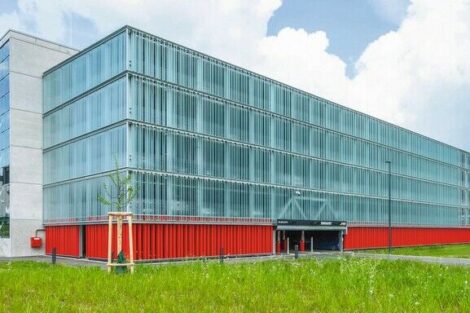
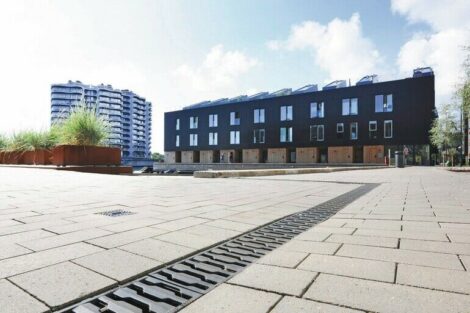

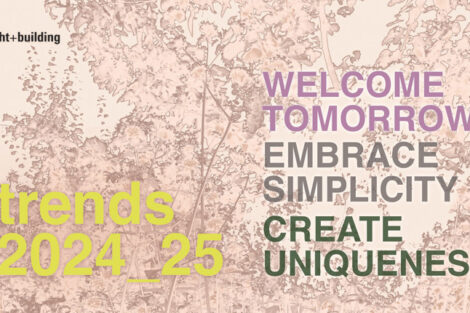
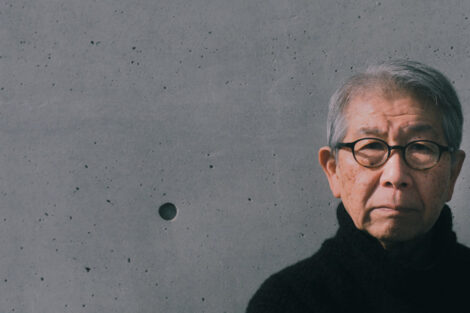
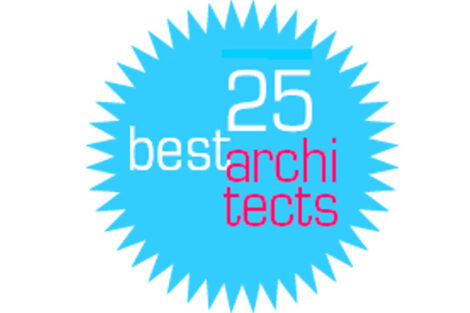
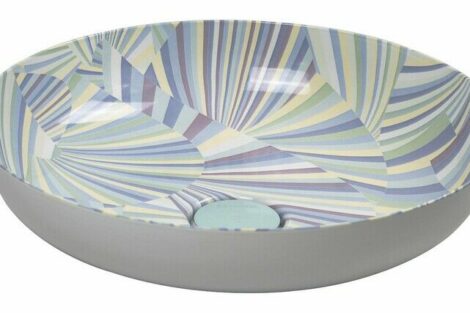
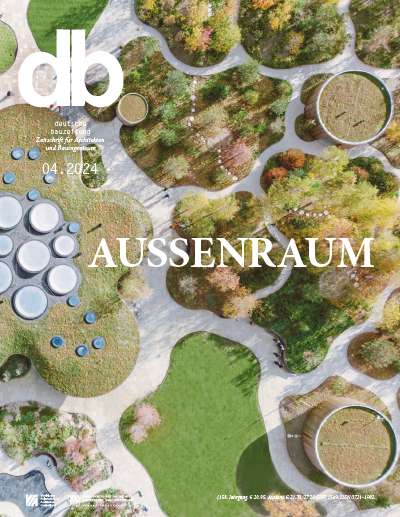

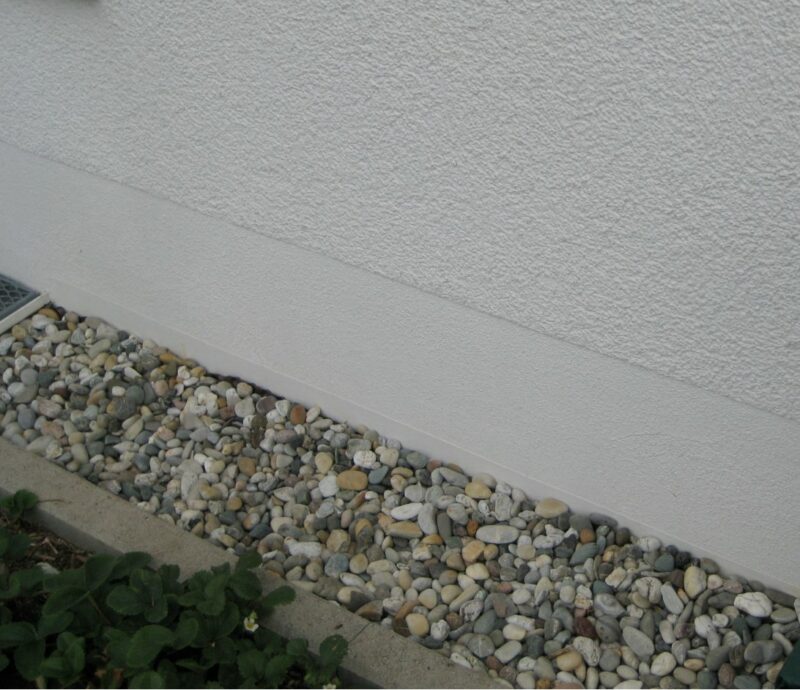
 Trockene Socken
Trockene Socken